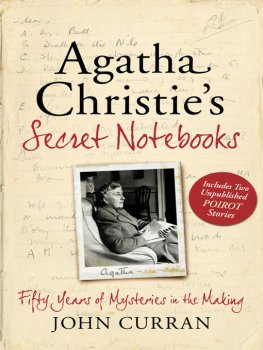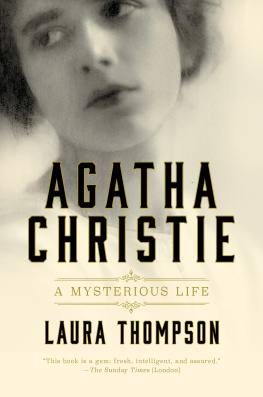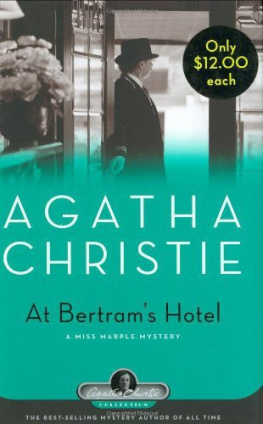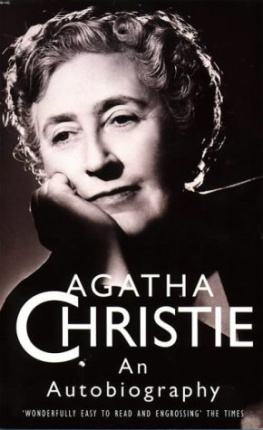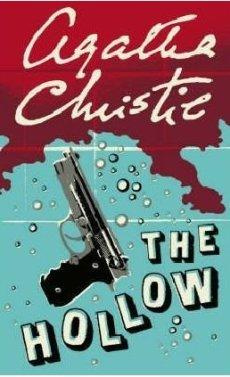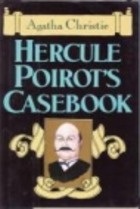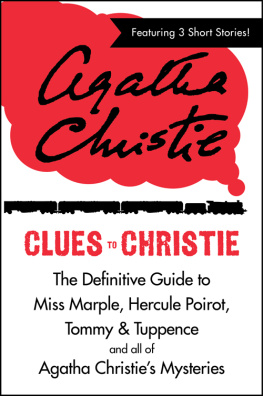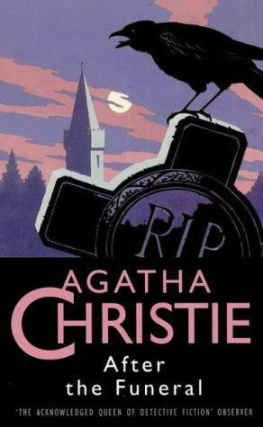Contents
Guide
AGATHA
CHRISTIE

First published 2013
This edition published 2019
The History Press
97 St. Georges Place, Cheltenham, Gloucestershire, GL50 3QB
www.thehistorypress.co.uk
Cathy Cook 2013, 2019
The right of Cathy Cook to be identified as the Author of this work has been asserted in accordance with the Copyrights, Designs and Patents Act 1988.
All rights reserved. No part of this book may be reprinted or reproduced or utilised in any form or by any electronic, mechanical or other means, now known or hereafter invented, including photocopying and recording, or in any information storage or retrieval system, without the permission in writing from the Publishers.
British Library Cataloguing in Publication Data.
A catalogue record for this book is available from the British Library.
ISBN 978-0-75249-253-7
Typesetting and origination by The History Press
Printed and bound in Great Britain by TJ International Ltd.
eBook converted by Geethik Technologies

CONTENTS

Introduction: 10 Things You Might Not
Know About Agatha Christie

1
Her Mysteries & How to Solve Them
2
The Real Agatha Christie
3
Poirot vs Marple
4
Key Works
5
Family and Lifeline

To Bobby Cook
INTRODUCTION
10 THINGS YOU MIGHT NOT
KNOW ABOUT AGATHA CHRISTIE

If anyone writes about my life in the future, Id rather they got the facts right.
Agatha Christie The Sunday Times 27 February 1966

Agatha Christie was half American. Her American father, Frederick Miller, was able to trace his descendants from an old New England family. However, he died when she was only 11.
Agatha Christie never went to school. She was educated at home by her mother.
Agatha Christie had to wait five years before her first book was accepted for publication.
The Orient Express was nearly the death of Agatha Christie. Shortly before writing her famous book, Murder on the Orient Express, she slipped on an icy platform and fell underneath the stationary train in Calais. A railway porter quickly pulled her off the rails just before the train started moving.
Agatha Christie said that she did her best thinking while lying in the bath, eating apples and drinking cups of tea. She claimed that modern baths werent made with authors in mind as they were too slippery, with no nice wooden ledge to rest pencils and paper on.
Agatha Christie worked as a nurse during the First World War, and once said that if she hadnt been a detective story writer, she would have quite liked to have been a hospital nurse.
Both Agatha Christie and her second husband, Max Mallowan, lied about their ages when they were married, to minimise the fourteen-year age gap. On their marriage certificate, Agathas age is shown as 37 (when she was really 40), and Max is shown as 31 (when he was only 26).
Although a fictional character, Agatha Christie claimed to have seen the personification of Hercule Poirot twice in real life. Once while lunching in the Savoy grill room she saw Poirot just across at the next table, an exact replica in every way, and another time she saw him on a boat going to the Canary Islands. She was too shy to approach either man.
Married to archaeologist Max Mallowan, Agatha Christie denied ever saying, An archaeologist is the best husband a woman can have. The older she gets the more interested he is in her. Indeed, in an interview with Sir Francis Wyndham in the London Sunday Times, she said that she would have liked to have wrung the neck of the person who ever suggested that she had said it!
Agatha Christie predicted once Ive been dead 10 years Im sure nobody will ever have heard of me. She died in 1976
1
HER MYSTERIES & HOW TO SOLVE THEM

THERE EXISTS A MISCELLANY of trivia about the novels of Agatha Christie, her characters and her methods of murder. With fifty-seven years worth of novels to choose from, this section will guide you through some of the more bizarre and interesting. It also includes advice on the rooms to stay out of if you ever find yourself in the middle of an Agatha Christie murder mystery!
THE STRANGEST CHARACTER TO APPEAR IN AN AGATHA CHRISTIE NOVEL
In the early 1940s, during the Second World War, Agatha Christie wrote the two final novels for her most famous detectives, Hercule Poirot (Curtain: Poirots Last Case) and Miss Marple (Sleeping Murder), just in case she did not survive the wartime bombing raids.
However, in Sleeping Murder, which was published posthumously in 1976, there appears a character which also appeared in her 1968 Tommy and Tuppence novel, By the Pricking of My Thumbs.
She was unnamed in Sleeping Murder, but was a white-haired charming-looking old lady, who came into the room holding a glass of milk. The old lady, who lived in a sanatorium and rest home in Norfolk, asked, Is it your poor child, my dear? Then she said, Half past ten thats the time. Its always at half past ten. Most remarkable. And she concludes, Behind the fireplace. But dont say I told you.
In By the Pricking of My Thumbs, Tuppence meets an old lady with white hair who was holding a glass of milk in her hand. The old lady was called Mrs Julia Lancaster and lived in a nursing home. She asks, Excuse me, was it your poor child? Thats where it is, you know. Behind the fireplace, and, Always the same time of day ... Ten past eleven. Yes, its always the same time every morning.
In both novels, the mystery of the old lady, the child, the fireplace and the time remains unsolved. Yet it is undoubtedly the same character, appearing in two stories that were written with twenty years between them. Who was she and why does she appear? We will never know.
THE CHARACTER WITH THE BIGGEST COINCIDENCE
Agathas second husband Max tells of a letter that they received from Mary Ann Zerkowski, the headmistress of a school in Pennsylvania, USA in 1970. She wrote that she had just finished reading Agathas novel Passenger to Frankfurt, and was astonished to find herself playing the part of an undercover agent!
Mary Ann Zerkowski was really thrilled to be cast in the role, but was curious as to how Agatha had christened the spy with her name. She wrote that the book had created quite a sensation in her home town, and she was receiving many telephone calls and letters from friends addressing her as Countess Zerkowski.


